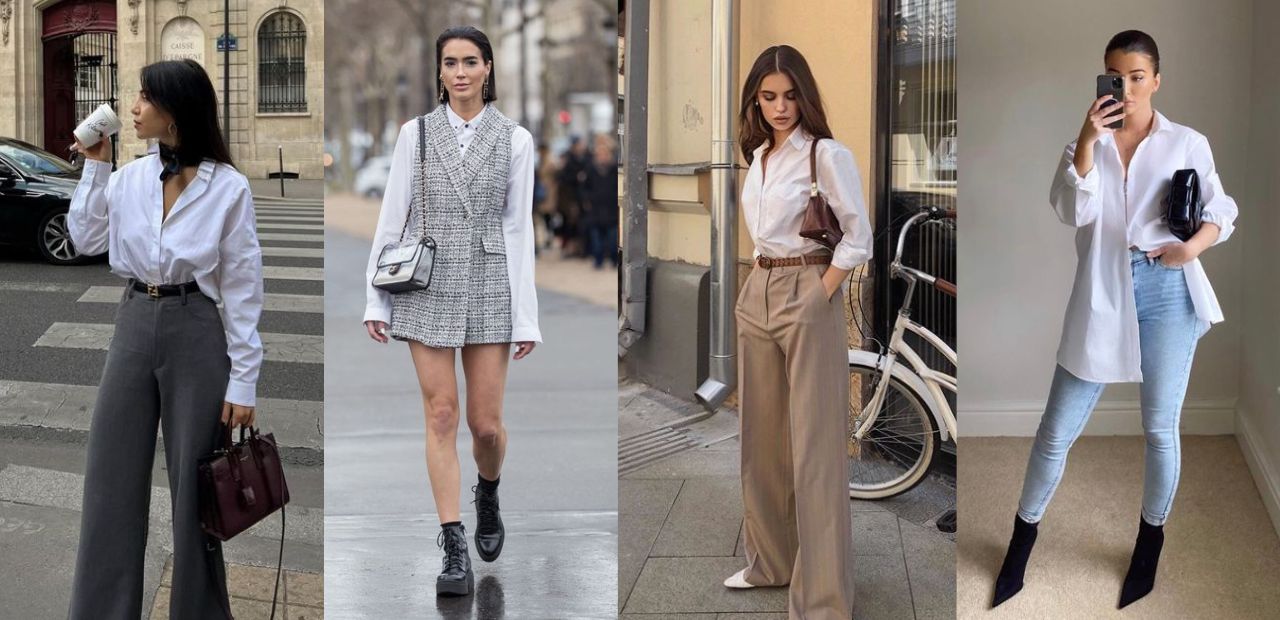
Nostalgia marketing is a powerful strategy that taps into the emotional connections people have with their past, particularly their formative years. By evoking memories from the 90s and early 2000s, brands can create strong emotional bonds with their customers. This approach is especially effective for female audiences, who often have fond memories of the trends, culture, and experiences from these decades.

Women often have strong emotional ties to their formative years, making them more responsive to nostalgic marketing. The 90s and early 2000s were pivotal decades for many women, filled with unique fashion trends, iconic pop culture moments, and significant technological advancements. By bringing back these elements, brands can evoke positive emotions and a sense of comfort, making their marketing messages more impactful and relatable.

Nostalgic themes from the 90s and early 2000s resonate with many women who grew up during these decades. These shared experiences create a sense of community and belonging among consumers. For example, discussing the excitement of watching “Friends” or the impact of the Spice Girls on girl power can foster a connection among women who remember these moments fondly. This sense of shared history can enhance brand loyalty and encourage word-of-mouth marketing.

Fashion trends from the 90s and early 2000s are making a comeback, with items like scrunchies, platform shoes, and chokers becoming popular again. Brands can leverage these trends by reintroducing iconic fashion pieces or creating modern takes on retro styles. Additionally, pop culture references to popular TV shows, movies, and music from these decades can attract attention and create buzz. Technology and gadgets from this era, such as Polaroid cameras and early mobile phones, also evoke nostalgia and can be integrated into marketing campaigns. Finally, beauty and skincare products with classic formulations or retro packaging can appeal to consumers’ longing for the past.

Several brands have successfully implemented nostalgia marketing strategies to connect with female audiences. Beauty brands like Urban Decay and ColourPop have released collections inspired by 90s makeup trends, bringing back popular colors and packaging styles from the era. Fashion brands like Tommy Hilfiger and Fila have relaunched retro clothing lines that were popular in the 90s, attracting both older consumers who remember these trends and younger ones who find them fashionable again. In media and entertainment, reboots and sequels of popular 90s TV shows and movies, such as “Fuller House” and “The Lion King,” have successfully captured the interest of female audiences.

To effectively implement nostalgia marketing, brands should first identify the core themes from the 90s and early 2000s that resonate most with their target female audience. Using social media platforms like Instagram and TikTok to share nostalgic content and engage with customers is crucial, as these platforms are popular among women. Collaborating with influencers who can authentically promote nostalgic products and themes can further enhance the campaign’s reach and credibility. Additionally, creating limited-edition products or packaging that evoke nostalgia can drive sales and create a sense of urgency. Finally, organizing events or online campaigns that celebrate 90s and 2000s culture can generate excitement and strengthen the emotional connection with the brand.

Nostalgia marketing offers several benefits for brands targeting female audiences. Firstly, nostalgic content tends to generate higher engagement rates on social media, as it encourages likes, shares, and comments from consumers who resonate with the memories being evoked. Secondly, by fostering emotional connections, nostalgia marketing can enhance customer loyalty and lead to repeat purchases. Lastly, this approach appeals to a broader demographic, including older millennials who experienced the 90s firsthand and younger audiences fascinated by retro trends, thereby expanding the brand’s reach.

In conclusion, nostalgia marketing is a powerful tool for connecting with female audiences by tapping into cherished memories and shared experiences from the 90s and early 2000s. By leveraging nostalgic themes in their marketing campaigns, brands can foster deeper connections with their customers, enhance loyalty, and drive engagement. As the popularity of retro trends continues to rise, nostalgia marketing presents a valuable opportunity for women-focused brands to stand out and create lasting emotional bonds with their audience.
Read more – https://satynmag.com/


SatynMag empowers women with inspiring stories, expert advice, and uplifting content to fuel their strength and dreams
Welcome to Satynmag S Suite, online knowledge platform for career and personal growth. This is where you can empower yourself with cutting edge knowledge, latest know-how and grow.


